Project Governance
Your organisation already has an amazing project management system in place, so what more can project governance offer you? Actually, a lot! On a project level, proper governance clearly outlines roles, responsibilities and reporting chains, giving structure to the entire project. On a portfolio level, portfolio project governance collates all these reports and gives key stakeholder and decision makers complete visibility over all their projects and the strategic value of all their current activities.
If you are an organisation with tens or hundreds of projects, you would know the pain of drowning under thousands of reports, review and approval requests, and properly qualifying all this activity on a strategic level. Effective project governance depends on the application of efficient and integrative systems and software to avoid becoming an additional time-consuming admin step, it ensures that you are DOING RIGHT PROJECTS and DOING PROJECTS RIGHT!!
That’s where pmo365 steps in and helps you bring the best out of your project governance systems.
How does pmo365 boost your organisation’s project governance?

Automating
Automating all your governance lifecycle, from business cases, budget approvals, design reviews, resource assignment, issues and risks escalation, all the way to contract or procurement management. All of this is done via the RPA (robotic process automation) function that we inherit from the Microsoft Power Platform.

Deep Analysis
Analysing your organisation's current content and advising you on the best project governance framework to suit your organisation’s needs.

Full visibility
Giving your organisation full visibility of all your projection functions from cost management, risk management, benefits management and many more all on one platform to make your project governance activities simplified and efficient.

Integrations
Integrating all these features, processes and practices on your pre-existing premise so you don’t have to jump through hoops to find all the information to have effective oversight on a project, program and portfolio level.




What is Governance?
Before jumping into project governance specifically, let’s have a look through its foundations in governance itself.
Merriam-Webster defines governance as ‘the action or manner of governing a state or organization, and the verb to govern is defined as to conduct the policy, actions, and affairs of a state, organization or people with authority.
All too often, the discussion of governance falls less on an organisational focus and much more on a project focus. However, it is critical to understand that project governance is a sub-set of the greater corporate and organisational governance.
The overarching organisational governance has to answer the core questions of ‘what needs to be achieved by the organisation’ and ‘why this is important to the organisation’. Too often authors, project management professionals and PMO managers focus too much on the techniques of governance and lose sight of its function. Successful governance does not govern project management, it governs the organisation that undertakes projects as part of its business.
Common Governance Misunderstandings
Mistaking governance with management
Governance is the responsibility of the ‘governing body’, usually the Board of Directors, that sets out what should be achieved and why it should be done. Management focuses on how the objectives set by the governing body will be achieved, who will achieve it and when it will be done.
Governance is all about structure
Strict and complex processes do not always mean good governance.
“ Good governance is about control whilst great governance is about guidance and competitive advantage”, says Tina Nunno, Vice President of Gartner. Great governance invites project managers to contribute entrepreneurially to the achievement of the organisation’s objectives.
Forgetting the ethical dimensions of governance
The United Nations defined good governance as ‘participatory, consensus-oriented, accountable, transparent, responsive, effective and efficient, equitable and inclusive, and follows the rule of law’. Governance so often gets associated with rules that we forget it has inherent ethical and moral dimensions. Especially in a time when social and environmental responsibility is critical to business strategy, failing to actively consider the ethical and moral dimensions of governance does not set an organisation up for success.
Six Functions of Governance
As mentioned, governance techniques are often mistaken for their functions. So what exactly are the functions of governance? Dr Lynda Bourne identifies six core functions of Governance in her article, they are:
- To determine the objectives of an organisation
- To determine the ethics of an organisation
- To create the culture of an organisation
- To ensure compliance by an organisation
- To ensure accountability within management
- To design and implement the governance framework for an organisation
What is Project Governance and why is it important?
Project governance is the infrastructure that surrounds your projects and aims to clearly define responsibility, accountability and mechanism of oversight for projects. It’s main goal is to increase the success rates of projects by giving key stakeholders complete visibility and control over their portfolio of projects.
Project governance typically sits above and outside the boundaries of project management. Its goal is to standardise governance structures and processes so communication throughout the whole organisation is efficient. For example, task dependencies like approvals are streamlined and the strategic value of activities is clear.
The key value of project governance is not in resource utilisation, but rather optimisation. The level of control and visibility, effective project governance systems offer, allows for effective resource allocation that not only achieve results, but strategically aligned results. As a result, effective project governance is necessary at a project, program and portfolio level and cannot simply be left to a single business unit. It has to be ‘owned’ by the entire enterprise. Doing this without the proper tools is hard, but once done right, provides immense value for your organisation.
What are the benefits of Project Governance?
We’ve mentioned quite a few but the four key benefits of effective project governance lies in its ability to:
Provide clarity and accountability over projects
Project governance helps create a single point of accountability for projects, pushing an individual’s focus to the delivery of tasks and objectives allocated to them. By extension, this leads to clearly defined roles, responsibilities and accountabilities across the entire project. Coupled with a clearly established and consistent decision making process and you end up with a streamlined decision making process in which all individuals are aware of what falls under their scope of responsibility and no one is left scurrying for answers or approvals.
Improve project scope management
The main reason projects fail to deliver often stems from scope creep or lack of scope definition. This often occurs either due to a lack of project direction and because critical review points are left unchecked by key decision-makers. We’ve all seen an inbox filled with ‘URGENT’ taglines, making task prioritization incredibly hard. Effective project governance prevents this by ensuring project managers, team members and key stakeholders all follow an agreed approach that ensures communication and actions are clear and consistent. This allows the most pressing issues to be identified, evaluated and addressed in the most efficient way and prevents critical issues that can lead to scope creep from happening.
Effectively manage project issues and risks
A project governance framework lays out the ‘instructions’ for how issues should be handled and resolved. It helps identify issues, define the impact of said issues (typically with the help of risk management and RAID logs) and lays out the exact mechanism to resolve them. The clear direction, decision making procedures and metrics help decision-makers validate their choices based on their impact on the overall project in a smooth and timely manner.
Streamline information dissemination and communication
A project manager’s worst nightmare is 15 people reporting in different formats and platforms which makes filtering out the most critical information time-consuming. Project governance ensures that communication plans are clearly defined, updated and executed. It also helps layout structures so reporting is consistent, transparent and standardised across the entire organisation. This allows for quick and effective status updates on productivity and allows managers to quickly communicate and address stakeholder expectations.
What is the Project Governance structure?
Project governance can look different for every organisation and there is no one-size-fits-all model. However, there are 8 key components and 5 key stages that make up the typical project governance structure for organisations of any shape and size.
The 7 Project Governance Components
No matter what size your organisation is, there are 7 key components their governance plans or process must include:
1. Suitable governance model
There are many different governance models and it is critical to apply the right type of model that does not either annoy your stakeholders because they are overcomplicated or fail to address the organisation’s needs. Choose a governance model that matches the organisation’s existing context and needs according to the project scope, timelines, risks, and stakeholders.
2. Defined accountability and responsibility
One of the most important features of project governance is its ability to properly define roles, responsibilities and accountabilities. Having these defined drastically improves the effectiveness of meetings, risk assessment and resolution strategies and communication.
3. Proper stakeholder engagement
Proper project governance gives managers a clear understanding of the project’s ecosystem and helps identify all the stakeholders who can be either impact, or be impacted by the project’s deliverables. This step is often the most daunting and time-consuming, but it is critical to ensure there is proper engagement and communication of all stakeholder interests and expectations and understanding how it can impact the project overall.
4. Clear communication plans
Clear communication plans are critical for managing stakeholder communications as well as making meetings and reporting as effective as possible. Project governance plans often lay out procedures to ensure key information is communicated in the most precise, concise and timely manner to all the relevant stakeholders. This also allows for communication to be prioritised based on their impact to the projects success so you don’t end up drowning with unnecessary inbox notification and missing critical information.
5. Risk and issue management processes
Issues and risk are regularly considered the prime suspects for project failure. Project governance plans must layout how issues and risks will be identified, evaluated, prioritised and resolved. The more standardised and defined this process, the smoother and faster the decision-making process will become, increasing the likelihood of project success. Often it is how risks and issues are handled that are more important than the issue/risk itself.
This entire process is streamlined with the help of pmo365 as it not only calculates your project’s risk metrics for you but also integrates all your risks and issue management processes across your entire organisation.
6. Quantified project assurance
A project can look like it is hitting all of its benchmarks, but without proper defined metrics it is hard to truly have confidence for the delivery of the project. But gaining this assurance is not just about gathering all kinds of data, but the most relevant data. A project manager may not need to know every single increment of employee productivity but would greatly benefit from being able to monitor deviations in project scope, schedules and costs. Defining the right metrics is a vital component of project assurance and overall effective project governance. A proper project governance software will not only collate but also calculate all valuable metrics so your managers don’t have to waste time doing the grunt work to get valuable information.
7. Project Management control process
This is the component that runs the show - monitoring and controlling processes make sure all the tasks and metrics of the project or program are being measured, reported and addressed by the right people. This may seem like the simplest component but it is one of the most challenging as it requires constant checks, balances and interventions. This specific component is where effective project governance software will save you valuable time and resources.


The 5 Key stages of Project Governance
pmo365 comes with a number of fully configured fully automated project governance frameworks, that have be proven to be effective in three main areas:
- Capital Works - for asset related projects: Waterfall multi-tiered framework
- ICT - for IT project within your organisation, with an iterative (or agile) delivery stage
- Professional Services - for professional services organisations that need integration with sales processes and systems, profit/cost control and contract management.
You don’t have to pay fees to fully customise these frameworks to your specific needs and requirements! It’s included in your monthly fee.
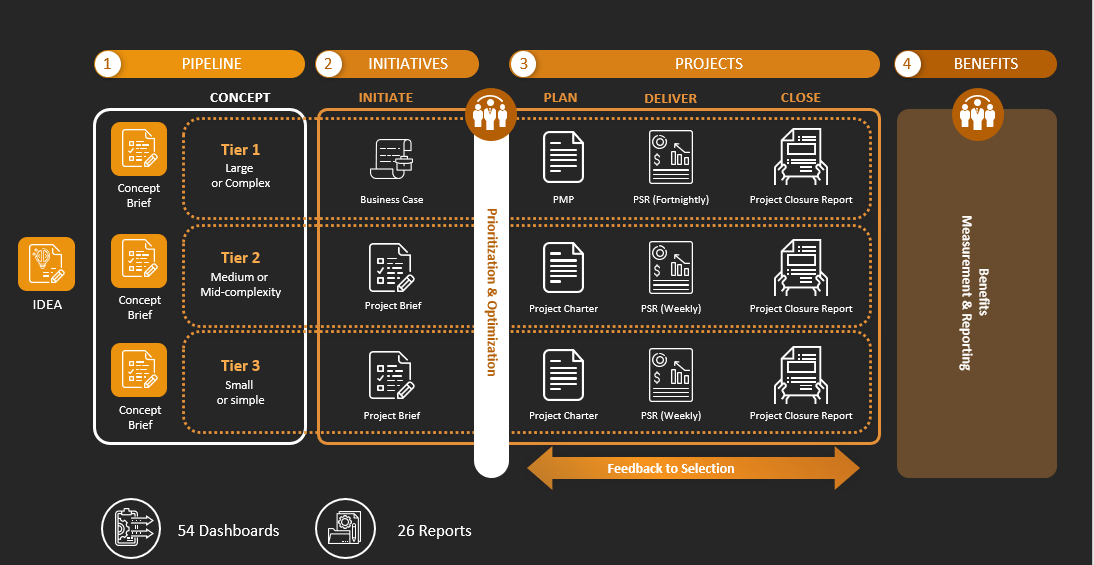

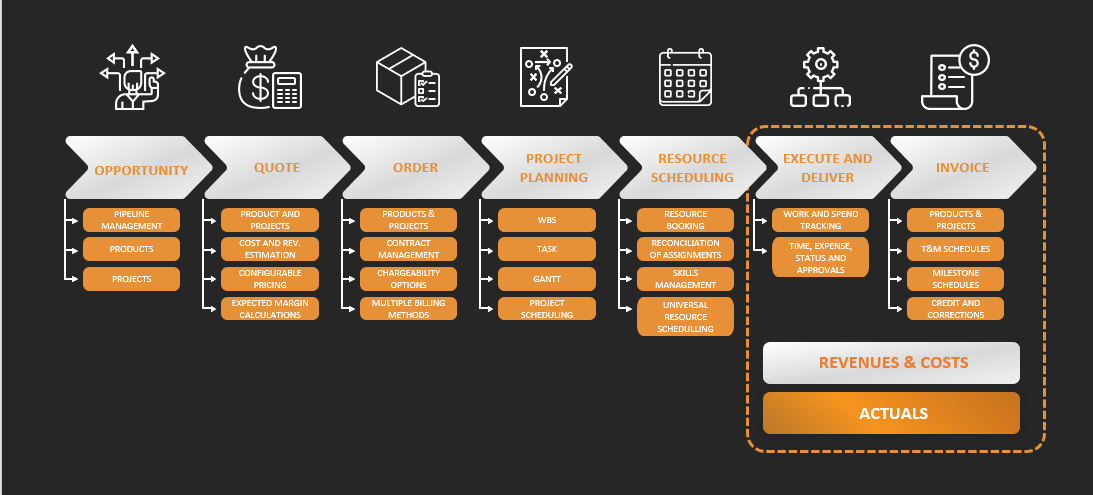
Project governance occurs prior to and at every stage of the project lifecycle with slightly different components being prioritised at each stage. pmo365 helps you at every stage to make sure you are able to make your project governance as effective as possible and secure project success.
Establishing project governance framework
For project governance to truly shine, setting up the frameworks that will guide and inform all future project activities is critical. Any framework should be defined, roles and responsibilities are outlined, and communication plans are made. pmo365 helps evaluate your organisation current context and advises you on the project governance framework that would best suit your organisation’s needs. Sometimes more is not always better and we’ll explain more on that a bit further down.
Stage 1: Project Initiation
This is where a business case is made for a project or program proposal. Proper project governance structures will help ensure the most impactful and value-adding projects are identified, evaluated and selected to meet the organisation’s objectives.
At pmo365, we believe that integrating approval processes with clear communication and integrated systems are the way to ensure your resources and efforts are not being wasted during this stage. We help accomplish this by integrating your benefits management, risk management and cost management processes all in one place, making your project governance activities simplified and aggregated in a single platform.
Stage 2: Project Planning
After the business case for the project has been approved, it is here that more in-depth calculations and plans are made. During this stage it will be important to have pre-existing models for risk and issue management, roles and responsibilities definition and metrics identification to measure project progression, such as baselines and how they are to be esatblished and confirmed. Additionally, project specific communication plans will also be developed based on the pre-existing model established in the project governance framework.
In the same vein as the project initiation stage, pmo365 helps integrate all your systems and functions throughout the project. At this stage, the additional accessibility to scheduling and resource management systems will be vital to effective project planning and estimation.
Stage 3: Project Delivery
The project is now up and running. This is where project management control processes and all the established plans and procedures will come into play. Being able to monitor and control all the activities and changes (of which there will be many) during the project delivery stage make sure projects are delivered on time, on budget and in scope.
Delivery of a project can be achieved in a waterfall and secuational set of steps or in an iterative or agile fashion. pmo365 enables organizations to allow both ways of delivery, depending on the project type or size.
This is also where system integration and real-time visibility but also real-time visibility of information that pmo365 helps you achieve will make your project governance activities a breeze, even if you have hundreds of projects running at the same time.
Stage 4: Project Closure and Handover
Your project is complete but governance doesn’t just end here. Project governance also covers how projects can be effectively handed over and evaluated at their completion. For effective project evaluation, the project assurance metrics will be particularly handy in evaluating the quantifiable results of the project and pre-existing handover plans, typically built alongside benefits management, will help guide the post-project monitoring and evaluation.
Don’t miss this critical opportunity to also evaluate the project governance practices and frameworks that have been applied in the project. Identifying pain points during the span of the project lifecycle acts as valuable feedback that can lead to future improvements of project governance structure and practices throughout the organisation. Improved and optimised project governance makes your organisation better equipped to achieve success.
What are project gates and gate reviews?
Between all the four pivotal stages mentioned above as well as all the smaller incremental stages within the project lifecycle, there are project gates. These gates act as review points for assigned oversights to make sure all the necessary tasks and objectives have been completed so the project can progress into the next stage. This not only makes sure tasks are completed, but allows managers to identify and minimise the impact of task dependencies that can lead to future project bottlenecks and potentially pushback the entire project timeline.
However, there are two common issues organisation’s face when they don’t have a proper project governance system. However, there are two common issues organisation’s face when they don’t have a proper project governance system.
Firstly, managers have to manually identify and list down all the tasks and approvals that need to be completed at every stage of the project lifecycle. For long-term and large-scale projects, this is simply impractical and a waste of time.
Secondly, simply reviewing and approving at every gate is time-consuming and often unnecessary. Let’s be honest - how many reviews or approvals only needed a five minute review and a check at the end? Instead, we are often forced to have lengthy meetings that we first have to schedule in with different team members and communicate information which could have easily been relayed through an email update.
pmo365 directly addresses these two issues. Our system automatically lays out all the recommended steps and tasks that need to be approved at every gate which can also add specific tasks a project manager may want to include. It also clearly presents all the relevant information in real-time and allows you to give approvals at a click of a button. So say goodbye to unnecessary meetings, bothersome meeting scheduling and lengthy emails. Let all your approvals and communication happen on one platform and make it your single source of truth.
What is the strategic value of project governance?
Project governance is not limited to just projects and can scale all the way to portfolios and enterprise levels. Portfolio project governance governs all the projects within a portfolio and ensures proper procedures are in place to increase the success rates of the portfolio as a whole. It has the added ability to link these activities to the organisation’s strategic pillars and allow key decision makers to make informed decisions at the right time. It basically scales up the components and processes of project governance to an enterprise level and allows for more strategic decision making.
Where previous approaches to strategic decision making were strictly top-down, organisations are now moving towards a project-based organisational approach that addresses the disconnect between horizontal organisational activities (activities within the project life cycles) and the vertical organisational activities (broader strategic values projects are often clumped under).
Portfolio project governance helps with vertical and horizontal integration of projects by giving complete visibility across all activities instead of a limited and narrowed single-directional view of decision making. Portfolio project governance acts as the overarching horizontal governance that streams down into all the other horizontal activities within the organisation.
2 common concerns to adopting portfolio governance
There are two common concerns that stop people from adopting project governance.
1. “It will just waste time and slow us down”
Saying project governance practices slows an organisation down is like traffic lights slow down traffic. Yes, in the direct short term, it will feel like progress is stopped. But traffic lights are critical to stopping bottlenecks which leads to catastrophic traffic and brings every car in the vicinity to a halt. In the same way, projects may be able to run without a governance system but very quickly that lack of prioritisation of tasks will lead to resource mismanagement and project delays. It may seem time consuming, but when done right, it prevents issues that can derail your entire project, program and even portfolio's success.
2. “Our organisation runs on Agile. We don’t need project governance.”
A common misconception is that that concept of governance is contrary to agile principles. But this isn’t true. The Scaled Agile Framework (SAFe) mentions ‘lean governance’ and ‘lightweight governance’. We have all types of examples of structure or governance that enable agile delivery from solution trains, agile release trains to program increments. Also, no matter if you do use waterfall or agile, there is always a certain level of senior leadership decision making that plays an influential role in the project approval process.
As we’ve mentioned before, there is no one-size-fits-all approach to project governance and some practices may not suit your organisation’s context. However, at whatever level you choose to apply is, project governance has the ability to give direction, structure and mechanism that can vastly improve project success rates.
pmo365’s ready-made project governance frameworks
pmo365 comes with various fully configured fully automated project governance frameworks, that have been proven to be effective in three main areas:
- Capital Works – for asset-related projects: Waterfall multi-tiered framework.
- ICT – for IT project within your organisation, with an iterative (or agile) delivery stage
- Professional Services – for professional services organisations that need integration with sales processes and systems, profit/cost control and contract management.
With our custom configurations, we give project managers and key governance bodies such as steering committees and project control groups the ability to access, manage and utilise information to confidently make the right decisions within their projects.
No matter the industry and no matter the framework, we make sure your governance framework suits your specific needs. And the cherry on top? That customization comes at no additional cost and is included in your monthly fee!
If you want to learn more about how we can bring your organisation’s project governance to the next level, book a free trial and speak directly with our PPM experts.
Our partners
We've worked with
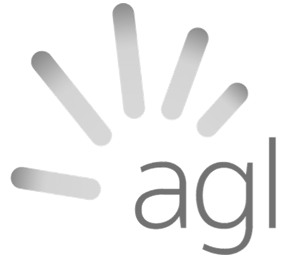

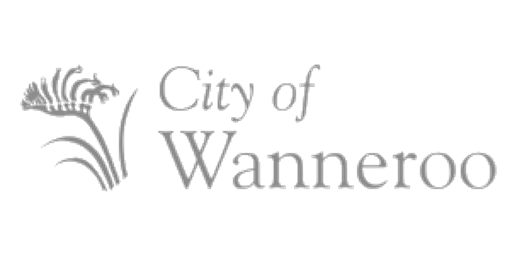
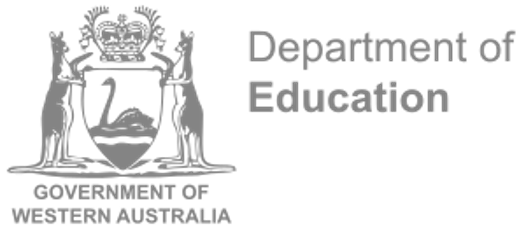
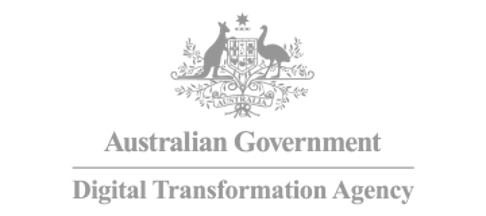


AI Project Management Tools: All You Need to Know
.png)

Sustainability in Project Management: A Complete Guide
.png)
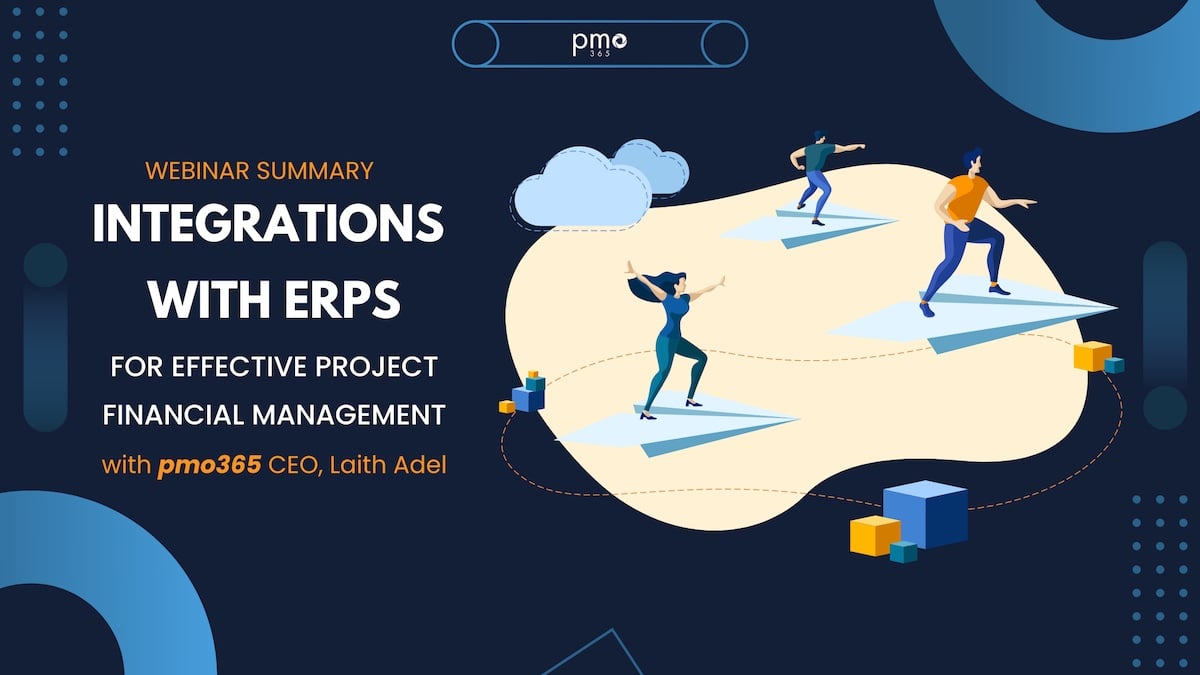
Project Financial Management Integrations with pmo365

